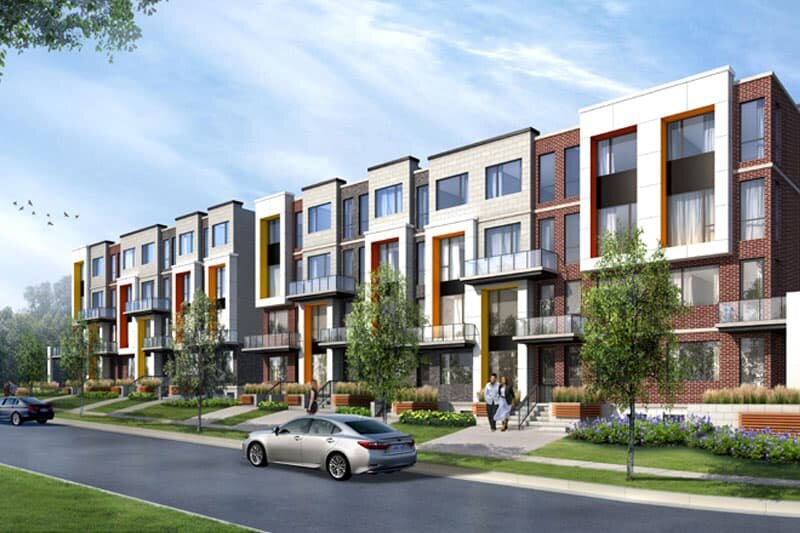How do you build more homes that are affordable for more people, within current urban boundaries? And without sprawling onto precious farmland?
Let us count the ways!
Five short videos on how to build faster, smarter and better
This webinar in November 2024 was terrific!
Liz Benneian is Chair of Biodiversity and Climate Action Niagara
Franz Hartmann is the Coordinator of the Alliance for a Liveable Ontario, and former chair of the Greenbelt Alliance.
Watch the one-hour webinar: click the green strip below. Use this passcode: 3Gs$%08?
Short on time? Don’t miss Liz Benneian’s slide show, from the 2 minute mark to 26 minutes.
Tell Ontario political leaders you want the “Five ways home” actions in their party platforms
Examples of the housing that could fill in urban spaces. And how about granny flats and laneway houses? Redevelop malls and strip malls to include living units above or behind? No need for sprawling new developments on precious farmland. And the planet will smile back at us.
Courtesy Liz Benneian, Chair, Biodiversity and Climate Action Niagara
With smart planning, our towns and cities can become healthy, vibrant places that aren’t car dependant. You can walk to many places you want to go. There are many ways to incorporate more housing that’s affordable and energy-efficient, reducing greenhouse gas emissions. More people within existing boundaries bring in more tax dollars, whereas development on greenfield requires lots of expensive infrastructure that is costly to maintain after developers are gone. Save taxes! Save the planet! Put in more of "the missing middle.”
Courtesy Liz Benneian, Chair, Biodiversity and Climate Action Niagara
Townhouses make good use of land, and are energy efficient.
Bike lanes in a less car-dependant community: healthier living for everyone.
Cote Terrace on Main St at Maple Ave is an asset to the streetscape and provides homes for 80 of our Georgetown seniors. Their homes then became available for another generation.
Infill townhouses on James Street in Georgetown were an instant hit with residents.
Picture Main Street with new housing set back from current retail.
Medium rise housing with rooftop gardens, close to shopping and places you want to go.
Adding more housing to a downtown area.
Picture these changes to any major traffic corridors - especially Guelph Street in Georgetown or Queen Street in Acton. MId-rise buildings, some with housing units, more retail or more office space. Bike lanes! This plan supports more transit, more walking, less need for cars, and energy efficiency, No need to build new housing or employment areas on farmland. All good for reducing carbon and saving the planet
Streets near the GO station are zoned for increased density. They could look like this. An easy walk to your train.
Armstrong Terrace, a 5 storey seniors’ residence on Durham Street allows more of our seniors to downsize and stay in Georgetown in affordable housing.
A square tucked between midrise residential buildings.
Building in places for people to sit, meet and enjoy their surroundings. Georgetown has a new pocket park beside the library.
Georgetown is planning how to increase housing density downtown, add charming public areas and bike lanes, rethink parking, and make the area an exciting, beautiful place to be. This will avoid sprawling development outside of town, provide affordable living, reduce taxes, and cut carbon emissions.
Lots more places to live! Energy efficient, no need for sprawl out of town. Walk to shop, walk to work, walk to restaurants and parks.
Halton Hills welcomes public input on development proposals and planned improvements to the town. Have your say on any and all of these at Let’s Talk Halton Hills. Tell them to apply a climate lens to everything they do.
You can write to Councillors and the Mayor on any issue here. Remind them we’re trying to get to net-zero by 2031.
Gentle density housing.
Here’s how Hamilton plans to add more residential units.






















